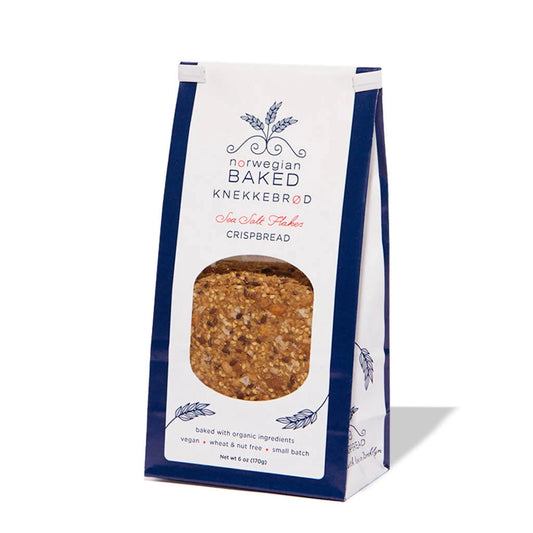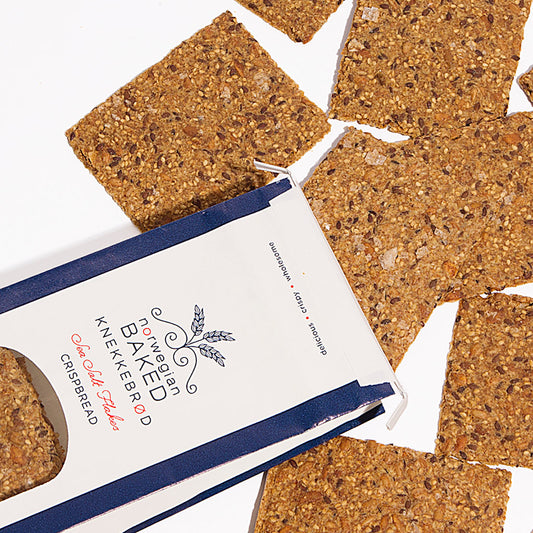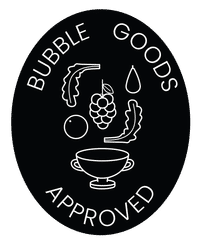👁 Contents
Frequently Asked Questions
1. What is a sourdough starter?
2. Why should I use a sourdough starter instead of commercial yeast?
3. How do I create my own sourdough starter?
4. How do I care for my sourdough starter?
5. What are some common troubleshooting tips for sourdough starters?
Sourdough bread is cherished for its deep flavor and satisfying texture, and it all begins with one critical element: the sourdough starter. If you're new to the world of bread-making, understanding the ins and outs of sourdough starter is essential for creating that perfect loaf of Mediterranean bread. In this comprehensive guide, we will explore everything you need to know about sourdough starters, from their composition to tips for perfecting your baking skills.
What is a Sourdough Starter?
A sourdough starter is a mixture of flour and water that has been fermented by naturally occurring wild yeast and lactic acid bacteria. This living culture is the foundation of sourdough bread, providing the leavening needed to rise the dough as well as imparting the distinctive tangy flavor that makes sourdough so beloved.
Why Use a Sourdough Starter?
Using a sourdough starter instead of commercial yeast offers several advantages:
- Flavor: The long fermentation process develops complex flavors that commercial yeast cannot replicate.
- Texture: Sourdough bread has a unique chewy texture with a perfectly crispy crust, favored by many bakery enthusiasts.
- Nutritional benefits: The fermentation process breaks down gluten and phytic acid, making the bread easier to digest and increasing nutrient availability.
How to Create Your Own Sourdough Starter
Creating a sourdough starter might seem daunting, but it's a simple process that just requires patience. Here’s a step-by-step guide:
Ingredients Needed
You will need:
- Whole wheat flour or rye flour
- Filtered water (avoid tap water with chlorine)
Step-by-Step Instructions
1. **Day 1:** In a clean glass or plastic container, mix 100 grams of flour with 100 grams of water. Stir until there are no dry patches and cover it loosely with a lid or cloth. Let it sit at room temperature for 24 hours.
2. **Day 2:** Check for any bubbles—this means fermentation is beginning! Add another 100 grams of flour and 100 grams of water. Stir and cover again.
3. **Day 3:** By now, you should see some bubbles, and the starter should have a pleasant, slightly sour smell. Discard half of the starter (about 200 grams) and add 100 grams of flour and 100 grams of water. Mix and cover.
4. **Days 4-7:** Repeat the feeding process every 24 hours. By the end of week one, your starter should be bubbly and have doubled in size. It's now ready for baking!
Caring for Your Sourdough Starter
A good starter requires regular feeding to remain active and healthy. Here are some tips for care:
- Temperature: Keep your starter at a consistent, warm temperature (around 70-75°F) for optimal fermentation.
- Feeding Schedule: If you're baking regularly, feed your starter daily. If you bake less often, you can store it in the fridge and feed it weekly.
- Signs of Health: Your starter should be bubbly, rise within a few hours of feeding, and have a pleasant smell. If you notice an off smell or any color changes, it may be time to start fresh.
Using Your Sourdough Starter for Baking
Now that you have a thriving sourdough starter, it's time to make delicious Mediterranean bread! Here’s how you can incorporate your starter into your baking routine:
Bread Recipes to Try
1. **Basic Sourdough Bread:** Combine 500 grams of flour, 350 grams of water, 100 grams of active starter, and 10 grams of salt. Mix, let it rest, and bake for a crusty delight.
2. **Sourdough Focaccia:** Use your starter to create a flavorful focaccia, perfect for dipping in olive oil or serving alongside your favorite meals.
3. **Sourdough Pizza Crust:** Incorporate your sourdough starter into pizza dough for a delightful twist. The texture and flavor will elevate your homemade pizza game!
Troubleshooting Your Starter
Not all starter journeys are smooth, but with a few troubleshooting tips, you can overcome challenges:
- Starter isn't bubbling: Ensure you are using the right flour and feeding it consistently, at the proper temperature.
- Starter smells off: A funky smell can indicate that your starter is contaminated. Discard it and start fresh or try to revive it by feeding it more often.
- Starter won't rise: If your starter isn't rising after feeding, it may be too small or too cool. Give it time and find a warmer spot.
The Benefits of Joining the Sourdough Community
When you embark on your sourdough journey, you're not just developing a baking skill, but you’re also becoming part of a large, passionate community of bakers. Here’s why it’s beneficial:
- Knowledge sharing: Engage with others who share your passion for sourdough. You can learn from experienced bakers and share your own experiences.
- Support and encouragement: The baking journey can be challenging, and having friends along the way can keep you motivated.
- Access to resources: From recipes to troubleshooting advice, being part of the community gives you access to countless resources, forums, and social media groups dedicated to sourdough baking.
Final Thoughts
Mastering the art of sourdough baking with your homemade starter not only gives you the satisfaction of creating delicious bread but also enriches your culinary practices. Whether you're making traditional loaves, Mediterranean bread, or experimenting with new recipes, the journey of sourdough is both rewarding and delicious. Embrace the learning curve, enjoy the process, and you may just find using a sourdough starter becomes one of your most valued kitchen skills!














